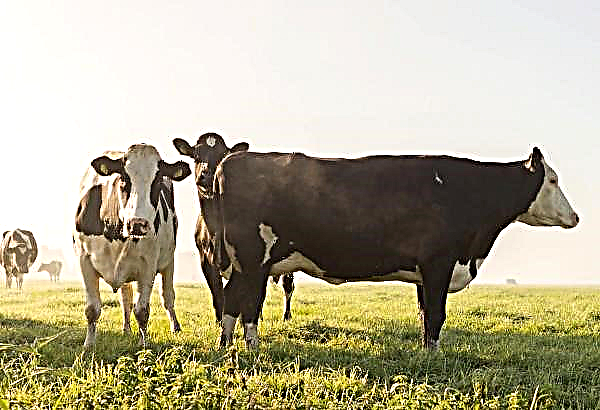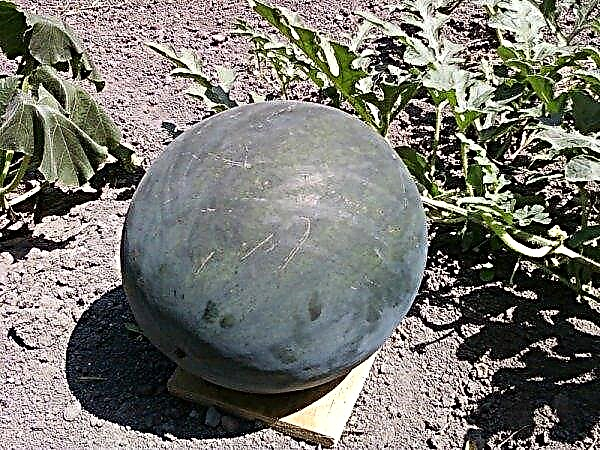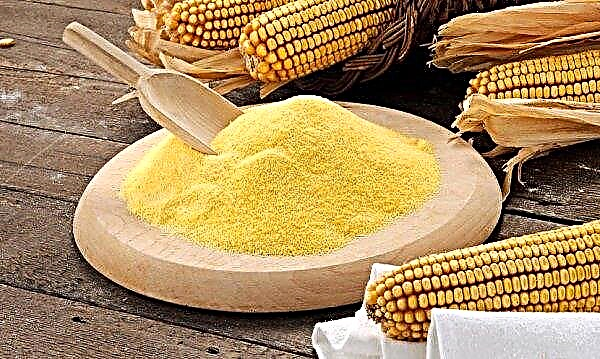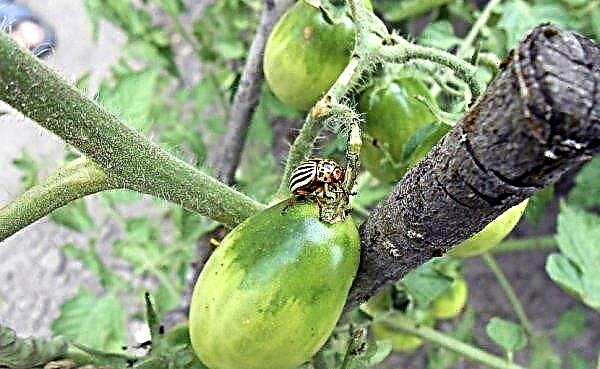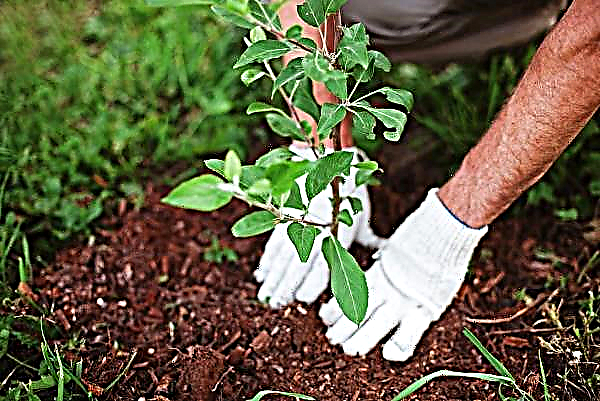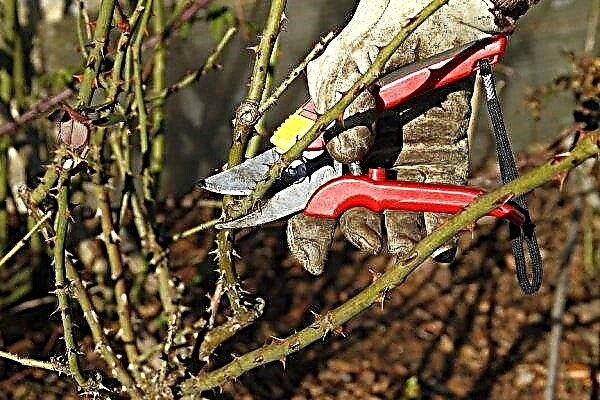Roses surprise with their beauty and variety. But, having planted a rose bush, sometimes there is a need to transfer it to another place. How and when it is better to do this, we will tell in this article.
When is it better to transplant roses
The optimal time for transplanting roses can be considered the beginning of spring or mid-autumn (so that the bushes take root before the frost). Where there are early frosts, it is preferable to carry out a transplant in the spring. Summer transplants are not advisable, since during this period active vegetation and flowering occur, so plants can die.
There can be several reasons for changing the landing site:
- improper soil composition (heavy, clay-dominated or too loose);
- waterlogging of the site with the surface location of soil water;
- excessive deepening of the root system on sandy soils or pushing out on clay soils;
- the growth of neighboring plants.
The consequences of these reasons are:
- weak growth of bushes;
- dying and drying of branches;
- poor flowering or lack thereof;
- chopping flowers;
- yellowing of leaves;
- loss of decorativeness.
 And sometimes you need to transplant a plant because of the buildings erected next to it, redevelopment of a flower bed or the entire site.
And sometimes you need to transplant a plant because of the buildings erected next to it, redevelopment of a flower bed or the entire site.Necessary conditions for transplantation
Moving the plant to a new place, you need to take into account weather conditions. It is undesirable to do this on a hot and dry day. It is better to transplant in cloudy weather when both the sun does not bake and the humidity is higher. In such conditions, the plant will tolerate the transplant easier. The optimal time of day is considered to be evening, and the temperature is from +10 ° С to +15 ° С.
Transplant Preparation
Transplanting plants to another place is not such a simple process that requires preliminary preparation:
- Choosing the right place.
- Processing pits for landing.
- Preparing and moving bushes.
Did you know? Avicenna and Dioscorides spoke of the healing properties of roses. The latter indicated that red flowers have astringent properties, and white ones have laxatives.
Seat selection
Determining the place of growth of roses, you need to consider that:
- a rose does not like shade, it will affect its appearance (a small bush with small flowers), and will also lead to frequent diseases, so you need a sunny place;
- defeat by fungal diseases will reduce the sun, which illuminates morning bushes on the east side (dew will dry quickly);
- "Queen of the flowers" does not tolerate waterlogging. The place should be at an elevation so that there is no stagnation of water and flooding by groundwater;
- soil needs neutral or slightly acidic. Clay and too loose are not suitable;
- the site should not be in a draft;
- Neighborhood with tall plants should be avoided;
- can not be planted after flowering plants (apple, cherry, cherry, raspberry, hawthorn and others), because there is a risk of infection with common diseases.

Rose preparation
To move the plant to a new place with minimal loss, you need to damage the root system as little as possible:
- for this, an earth ball with roots should be maximum. Its height should be about 40 cm, and along the perimeter - no closer than 20-30 cm from the base of the stem of the plant;
- so that the lump of land does not crumble, the bush is pre-watered. After absorbing moisture, they begin to dig up the bush;
- grafted plants have a rooted root system, so a long central root will have to be chopped off. Ordinary roses have a superficial arrangement of roots, and such a problem will not arise;
- so that the thorny branches do not interfere, the bush can be tied with a dense fabric or film;
- a tear along the perimeter (depth of about 40 cm), lumps of earth tied with strong material;
- prying off with a crowbar from below (a shovel may break), the bush is carefully removed from the ground;
- for long-distance transport, the tissue that holds the roots is periodically moistened.
When spring transplanting, it is desirable to trim the shoots (tea-hybrid - 2-3 eyes, English - 4-6). This optimizes root development. When replanting in the fall, the branches are not cut. Ground cover bushes do not need pruning, they only remove dried tops.
Preparation and processing of the seat
The process of preparing a landing site consists of several stages:
- Clearing for 1 bush of space up to 1–1.5 m in diameter. All weeds, roots of other plants and stones must be removed from it.
- Dig a hole up to 60 cm deep and 2 times the earthen coma. If the roots are without earth, then you need to focus on their sizes so that they freely fit in the pit. The depth should be such that the root neck is deepened by 2-3 cm.
- The upper (fertile) layer of soil, it is about 20 cm, lay aside.
- The bottom of the hole is covered with a layer of drainage (small pebbles or crushed stone) about 5 cm thick.
- Then fill with the main soil. Additives are added to it depending on the soil composition (hereinafter in the article).
- Sprinkle the top with the left fertile layer.
 To give the earth the desired composition, various components are introduced into it:
To give the earth the desired composition, various components are introduced into it:- if the soil is sandy, then about 4 kg of peat (per 1 m²) is added to it;
- medium loam will become easier when applying about 15 kg of coarse sand (per 1 m²);
- low acidity (below 6) is neutralized by dolomite flour or chalk. 200 g increase the pH by 1 unit. scales. The optimum acidity for roses is 6–7;
- organic matter (for example, humus) increase soil fertility. 4 kg is enough for 1 m².
Important! Landing pits are best prepared in advance. For spring planting - in the fall. For autumn - in the spring or at least 3-4 weeks before planting. This will ensure an even distribution of nutritiousx substances, as well as subsidence of the soil.
If you don’t have time and desire to tinker with the soil analysis of your site, then we offer one of the soil mixture options:
- 2 parts (buckets) of garden land;
- 1 part (bucket) of sand, humus and peat;
- 0.5 parts (half a bucket) of clay;
- 1 glass of ash and bone meal;
- a handful of Kemira Wagon fertilizer or superphosphate.
Rose transplant technology
In practice, two transplant methods are used (classic and wet). The first method is used with a bare root system. In this case, you can inspect the roots well and trim dry and damaged ones.
The roots can be dipped in a mixture of clay (2 parts) and mullein (1 part) + 1 tablet of sodium humate. The mixture is diluted with water to the consistency of thick sour cream. The roots treated in this way are placed on the mound poured in the center of the landing well and are well straightened. The pit is covered with earth, rammed and watered. Wet landing is less complicated. With it, the roots are closed by an earthen lump and less injured. A bucket of water is poured into the planting hole, and the seedling is lowered. After the liquid is absorbed, the pit is poured and compacted.
Wet landing is less complicated. With it, the roots are closed by an earthen lump and less injured. A bucket of water is poured into the planting hole, and the seedling is lowered. After the liquid is absorbed, the pit is poured and compacted.
Important! When transplanting, you need to remember that the place of budding (vaccination) should be 3-4 cm below the ground level. This will prevent the growth of wild growth. In root roses (grown from the cuttings of the uterine bush), the earthen lump is located on the same level with the surface.
Big or old flower
The peculiarity of the movement of the old and voluminous bush is that they are dealing with a plant with a well-developed and formed root system. To make a home rose less painfully transplanted, it is better to use the wet method.
The more roots will remain in an earthen coma, the better, but so that it can be moved to a new place without any problems. If the earth is still showered, then you have to use the classical method. Before this, examine the roots and remove the damaged and diseased.
During flowering
During the growing season, plants (including roses) are preferably not to be disturbed, since all the forces are spent on intensive growth and flowering. Moving will be a lot of stress. But if necessary, you should be prepared for the fact that flowering can end there.
The rules are as follows:
- use of moving with an earthen lump;
- if possible, the long central root should not be chopped off, but freed from the ground;
- try to injure the rose as little as possible;
- the bush immediately needs to be planted, well watered and, if necessary, pritenit;
- it is better to prune the flowers so that they do not consume the supplies necessary for the bush during this period.
 Potted roses can be transplanted at any time. Use the transshipment method with an earthen lump in a larger (2-3 cm) diameter pot. In the first weeks, the transplanted flower needs to provide shade and sufficient, but not too plentiful watering.
Potted roses can be transplanted at any time. Use the transshipment method with an earthen lump in a larger (2-3 cm) diameter pot. In the first weeks, the transplanted flower needs to provide shade and sufficient, but not too plentiful watering.After shopping at the store
When choosing a rose in a store, it is better to give preference to a plant in a container, although it is more expensive. But among the advantages is that you can plant it at any time, and it will transfer the transplant easier than a plant with open roots. And wet landing is much easier.
Provide her with good drainage and moderate watering, and the plant will delight you with abundant flowering.
If you buy a rose with open roots, then you should carefully examine them so that there are no dry or rotten ones. It is better to refuse such a plant or have to remove all damaged roots. Such a bush needs to be planted immediately, because the distance of planting reduces the chances of an early rooting of the plant.
The rose should be watered abundantly in the early days and pritenit from sunlight. The rest of the transplant scheme is no different from standard methods.
Climbing and climbing
Moving these roses to another place has several features:
- before transplanting, they are well watered and removed from the supports;
- the aerial parts can be deep cut, leaving only 10 cm of shoots. But some gardeners are of the opinion that pruning is not necessary in order to maintain a source of nutrients;
- the vaccination site should be underground at a depth of 8-10 cm;
- the landing pit should be slightly larger (about 70 × 70 cm) than for the other varieties.
 Otherwise, the same conditions are observed as for other roses.
Otherwise, the same conditions are observed as for other roses.Climbing roses are divided into ramblers and climbers. The former grow intensively and have flexible and creeping lashes up to 10 m long. When transplanted, all shoots older than 2 years are removed from them. Climbing roses are characterized by coarse and thick branches up to 5 m long. Such stems are cut in half when transplanted.
Did you know? Aromatherapy was proposed by the scientist N. A. Künzel in the 20th century. He advised pink aroma to treat problems of the nervous system, since he considered this smell to be a strong antidepressant.
Further rose care
After transplantation, the following activities are carried out:
- in the first month, the plant is shaded using a film or a screen, undersized by buckets;
- moderate watering (water is better soft), in the evening you can spray with water;
- after watering, the soil is loosened to a depth of about 10 cm;
- Sprinkle the ground under the bush with a layer of mulch (2-3 cm) from peat, sawdust, rotted manure or hardwood bark. All of these materials will subsequently serve as an additional source of nutrients;
- young shoots, overgrowing the rest, pinch after the 4th leaf. To cause branching, a pinch is also used;
- if the plant is young or weak, you need to trim the buds;
- after 14 days, you can make fertilizing with complex fertilizers. For foliar fertilizer, you can use “Bud Plus” (1 package per 2 liters of water) or “Zircon” (1 ml per 2 liters of water). Agricola-aqua (5 ml per 1 liter of water) is suitable as a top dressing.

What difficulties can be encountered
If you follow all the recommendations, then no difficulties should arise.
But we list some possible problems:
- Minuses
- care must be taken when applying fertilizer. Better to be underfed than overfed. For example, nitrogen in large quantities in the autumn can awaken sleeping buds and cause their unnecessary active growth, which will result in the death of the rose;
- in the spring night frosts occur, therefore, fragile bushes at night need to be covered with burlap or other suitable material, and in the morning remove the shelter. If the plant has already been damaged, then you need to trim dry stems, spray with "Epin" and build shelter for further protection;
- with late autumn transplant roses can freeze. In order for the plant to take root, it must be planted 3 weeks before the first frost. For the winter you need a good shelter. It is best to use ordinary soil, as improper sheltering with other materials often causes bush charm and death.
Using these simple tips, you can easily create a chic rose garden. May the Queen of Flowers delight you every year with her lush flowering.



